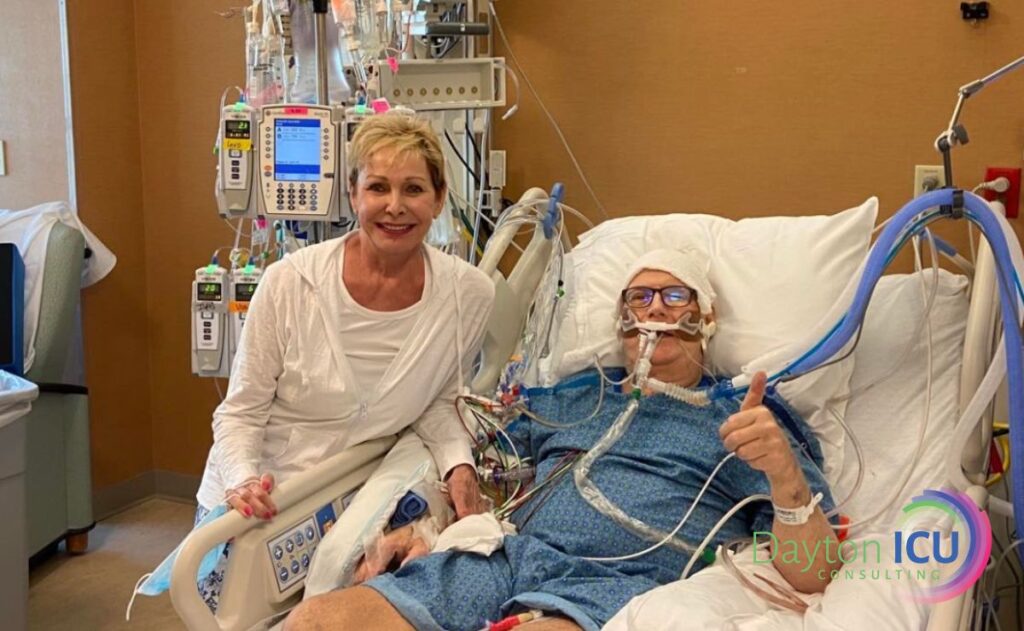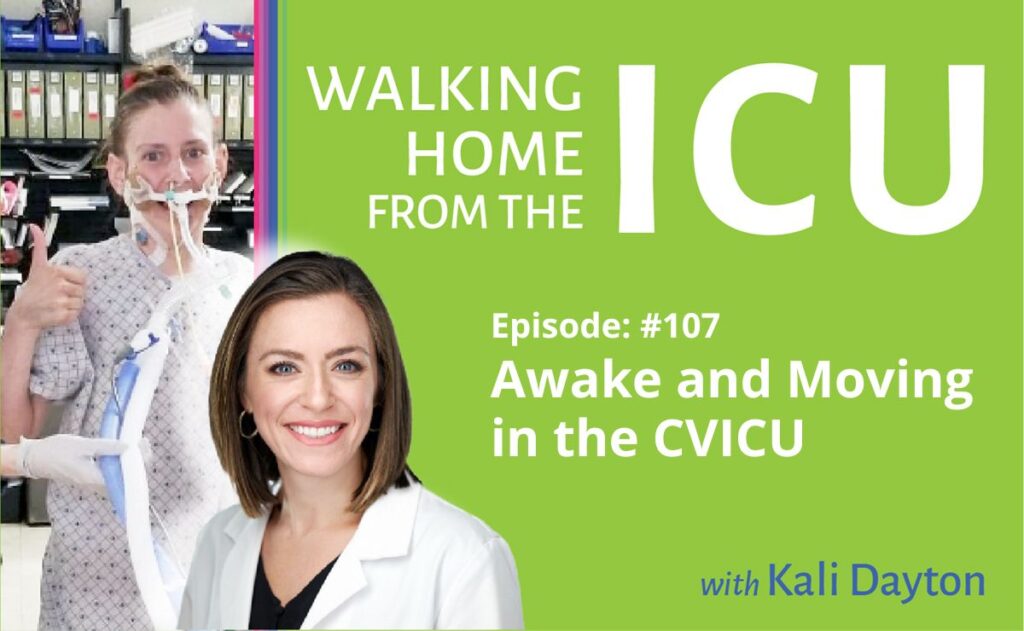
Walking Home From The ICU Episode 108: The ABCDEF Bundle in the Trauma ICU
The trauma ICU has a variety of high-acuity and difficult conditions that can cause obstacles and hesitation to change sedation and mobility practices. How does the ABCDEF bundle apply to the trauma ICU? Dr. Gregory Schaefer joins us now to discuss his expertise and team’s success in practicing the ABCDEF bundle in the trauma ICU.
Learn More > from Walking Home From The ICU Episode 108: The ABCDEF Bundle in the Trauma ICU




